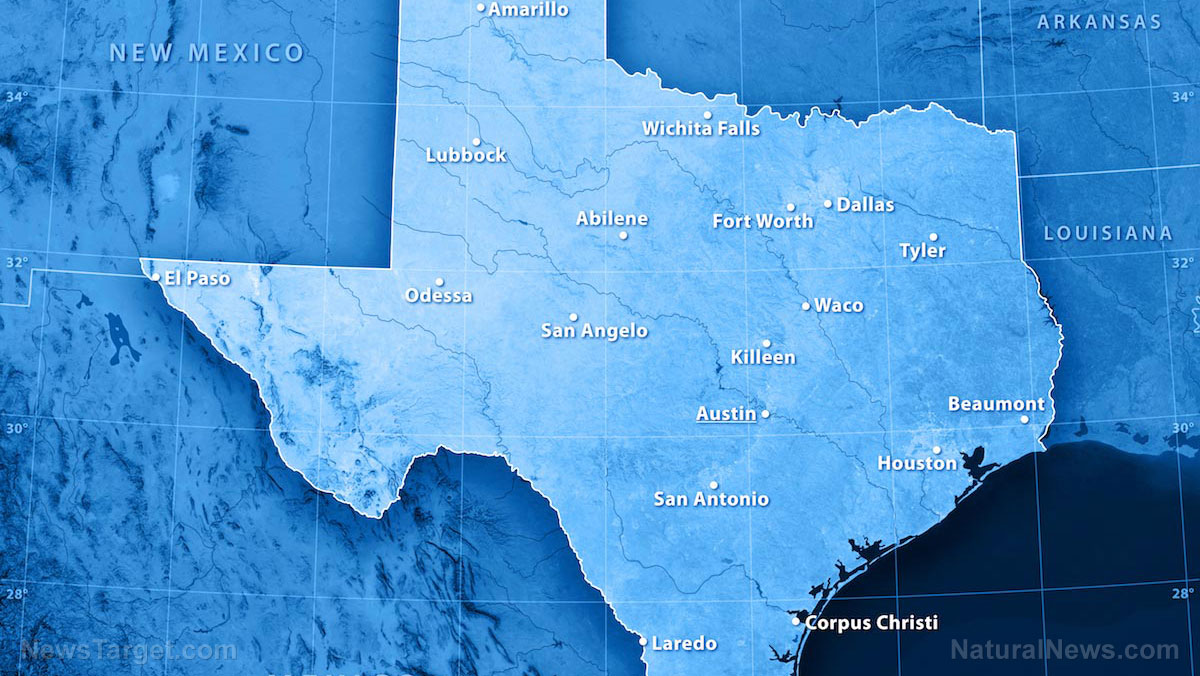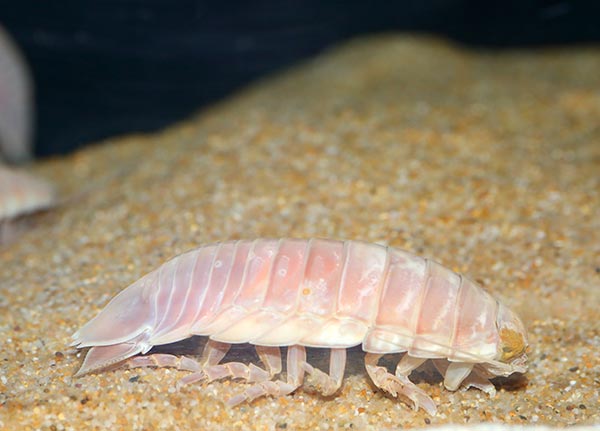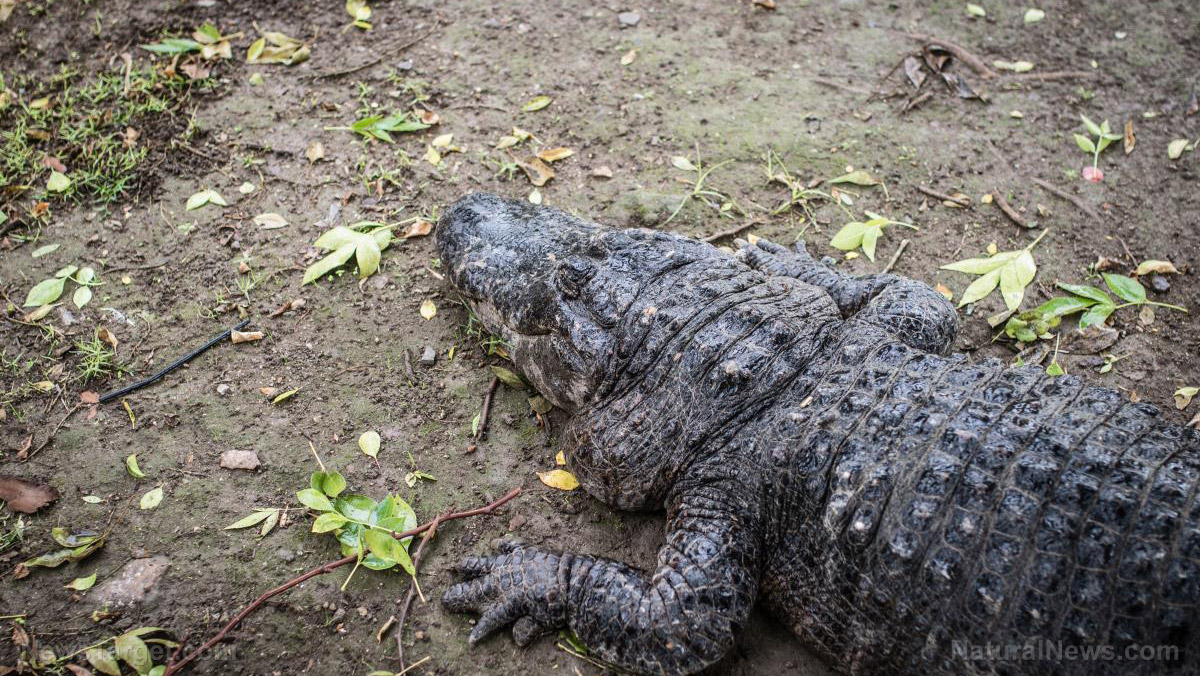
Millions of years ago, Texas supported large populations of prehistoric antelopes, camels, elephants, horses, and rhinos. Its rich selection of fauna matched those found in the Serengeti, the vast ecosystem of Africa that brims with wildlife.
The fossil evidence for the "Texas Serengeti" first emerged during the Great Depression. Local workers hauled thousands of specimens from various dig sites to The University of Texas at Austin (UT Austin).
Eighty years later, a researcher cataloged the university's extensive fossil collection. He counted nearly 4,000 specimens from 50 different species that lived in the Texas Gulf Coast around 11 to 12 million years ago.
“It's the most representative collection of life from this time period of Earth history along the Texas Coastal Plain,” stated UT Austin researcher Steven May, the author of the study.
The vast fossil collection revealed several discoveries. It provided evidence for a new genus of elephant-like gomphothere. The collection also contained the oldest known fossil of the American alligator and an extinct species of canine. (Related: It turns out, dinosaurs also had great hearing – which made them even better hunters than previously thought.)
The prehistoric fauna of the Texas Gulf Coast rivaled the Serengeti
During the Great Depression, a federal agency called the Works Progress Administration (WPA) provided jobs for unemployed Americans. It conducted the State-Wide Paleontologic-Mineralogic Survey from 1939 to 1941 in partnership with UT Austin.
UT Austin personnel watched over the Texan workers. They also set up field units for gathering fossils and minerals across the state.
The three-year-long survey discovered and dug up thousands of fossils in Bee, Live Oak, and other Texas counties. Most of their finds went to the university's Jackson School Museum of Earth History. There, they formed the Texas Vertebrate Paleontology Collections.
May was not the first to take an interest in the immense fossil collection over the decades. But he was the first to cover the whole fauna rather than a limited group of fossils.
Jackson School Museum official Matthew Brown expressed his pleasure at how the decades-old fossil collection revealed more about the ecology and environment of Texas during prehistoric times.
Sadly, the Texans hired by the WPA did not receive any formal education in paleontology. The enthusiastic but amateur fossil hunters focused on getting skulls, teeth, tusks, and other sizable pieces from big animals.
“They collected the big, obvious stuff,” May noted. “But that doesn't fully represent the incredible diversity of the Miocene environment along the Texas Coastal Plain.”
Fossils excavated during the Great Depression are now seeing the light of day
Hoping to fill in the glaring holes in the Jackson School Museum's fossil collection, May looked for the original dig sites. He took the notes from the WPA program stored in UT Austin's archives and compared the spots to aerial photographs.
His team succeeded in tracking down an original dig site near Beeville. The location was now in a ranch owned by John Blackburn, who was delighted to assist the researchers.
With Blackburn's permission, May's research team looked for rodent teeth and other small fossils that the Texans from the 1930s would have ignored or missed. They used the new specimens to flesh out their growing study on the Texas Serengeti.
In addition to the fossils displayed at the Jackson School Museum, many specimens remain within their field jackets of protective plaster. University faculty members have been training students in the skills to unpack and prepare these fossils for future examination.
UT Austin lab manager Deborah Wagner brought up a side benefit of taking decades to unpack specimens. Current techniques have made it possible to study and preserve the anatomy of fossils in detail at high resolution.
Learn about more cool science at Discoveries.news.
Sources include:
Please contact us for more information.
















